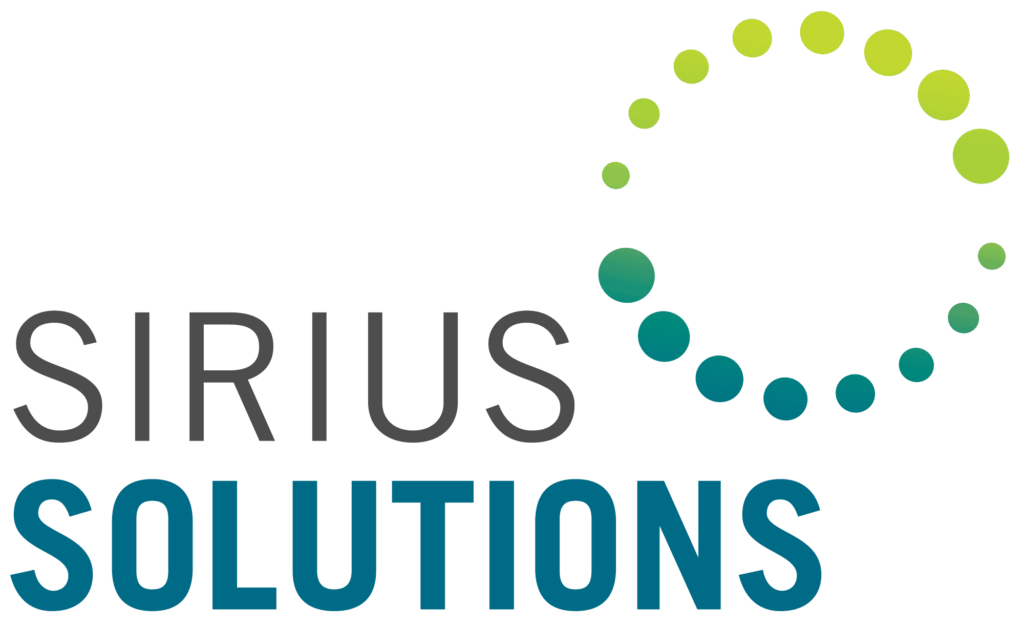Data Mapping & Data Migration
We see one of these scenarios play out all the time: you have acquired a company and with it, new systems and you need to integrate your data; you have convinced your organization to move away from your current, often limited, software system to the best-in-class software system (congratulations); you have convinced your IT organization to move your database to the cloud; you are trying to move your application to a new environment, adopt a new platform, or technology; or you are moving systems and moving to the cloud all at the same time. Regardless of your situation, you need to move your database.
Application modernization and database migrations can be challenging. It’s very helpful to partner up with experts for this migration process. There are several moving parts and chances are that you are an expert with your source data but have limited understanding of future data requirements. Database migration, if left to experts, is often about processes, templates, technology tools, best-practices, and experience. In today’s realities, you may be moving a complex SQL database, migrating from Excel to a software system, or restructuring data from one system to another. Regardless of the situation, process is key, and the devil is in the details. Mostly, the process looks like this:
- Discover: Understand current state of all in scope data, servers, workloads, workflows and configurations. Understand required future state.
- Prepare: Develop project plan with KPIs, milestones, dependencies, reporting, connections, and ETL/ELT processes.
- Prioritize: This is a critical step that many good migration experts also miss. Critical to think through all connections and prioritize migration – identify roadmap and database consolidation options.
- Extract: Extract data in original form, define sources of truth, ‘clean’ data and remove redundancies, and use effective templates if required.
- Standardize: Identify future state compute, storage and software requirements of your legacy data. Define standardized ways of managing data moving forward and associated workflows. Map and validate data.
- Test: Develop statistical and referential validation of data. Test repeatedly.
- Train: Make sure that users of data have access and knowledge.
While data migration as a one-time service is perhaps best left to experts, you should be aware that there are tools from AWS, Microsoft, and other tech companies that you can use for data migrations. If you are doing a large, wide-scaled data migration for your organization, it helps to have onsite teams working alongside data migration service providers. Using a combination of existing technology driven data migration tools and experienced experts, data migration can be made accessible and predictable.
One last piece of advice: if you are going through all this trouble with your data, our strongest advice is that you start thinking about business intelligence (BI) and Analytics. In the last few years, we have heard data is the new oil, data is the new bacon, data is the new black, data is the new soil – data is everything. As you spend more and more time organizing your data, think about how data can help drive business value.
Rakhee Das, Technology & Innovation Practice Leader – Sirius Solutions, L.L.L.P.
If you would like further information regarding Data Mapping & Data Migration, please complete the form below.
Error: Contact form not found.
